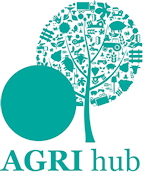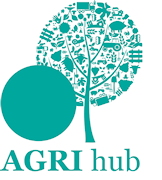 Landowners who sell surplus cottages face paying up to 28% Capital Gains Tax – but they could slash this by investing the profits into an Enterprise Investment Scheme.
Landowners who sell surplus cottages face paying up to 28% Capital Gains Tax – but they could slash this by investing the profits into an Enterprise Investment Scheme.
According to Old Mill Accountants and Financial Planners, the savings from deferring CGT in this way could be considerable. “The Chancellor has become increasingly keen to raise the tax burden on individuals who are second homeowners,” explains director of rural services Paul Neate. “This can have quite an impact on farmers who may have surplus cottages on farm holdings that provide diversified rental income.”
As part of the changes introduced from 6 April 2016, CGT rates on the disposal of second properties are levied at 28% for higher rate taxpayers and 18% for basic rate taxpayers. “Any farmer selling a farm cottage is likely to have owned it for many years, so the capital gain could be substantial, even after applying the annual CGT exemption,” warns Mr Neate.
Landowners in this situation should consider investing the proceeds equal to the chargeable gain into an Enterprise Investment Scheme, which are often smaller scale business ventures offering a finite number of shares. While there is risk in such an investment, and you must consult your independent financial adviser, the tax relief does make it particularly attractive to those facing a large CGT bill.
“The taxation impact is to defer the gain arising on the cottage into the EIS subscription,” explains Mr Neate. “This will result in the tax not being payable or, if already paid, to be repayable.” It is also possible, in certain circumstances, to set 30% of the investment against any Income Tax liability arising in the year of subscription.
Providing the EIS shares are held for three years or more, any profits made within the EIS will be tax-free, with the deferred CGT becoming payable at a reduced rate at the point of selling the EIS shares.
“The advantage is that, not only have you deferred the CGT, but reduced its rate as well,” he adds. “Rather than paying the 28% or 18% tax on the cottage (depending on whether you’re a higher or basic rate taxpayer), the rate drops to 20% or 10%, respectively. There are costs and risks involved in EIS investments, so it’s important to take professional advice, but the tax savings could be significant.”
- For more information contact Paul Neate on 01225 701224 or visit www.oldmillgroup.co.uk.



